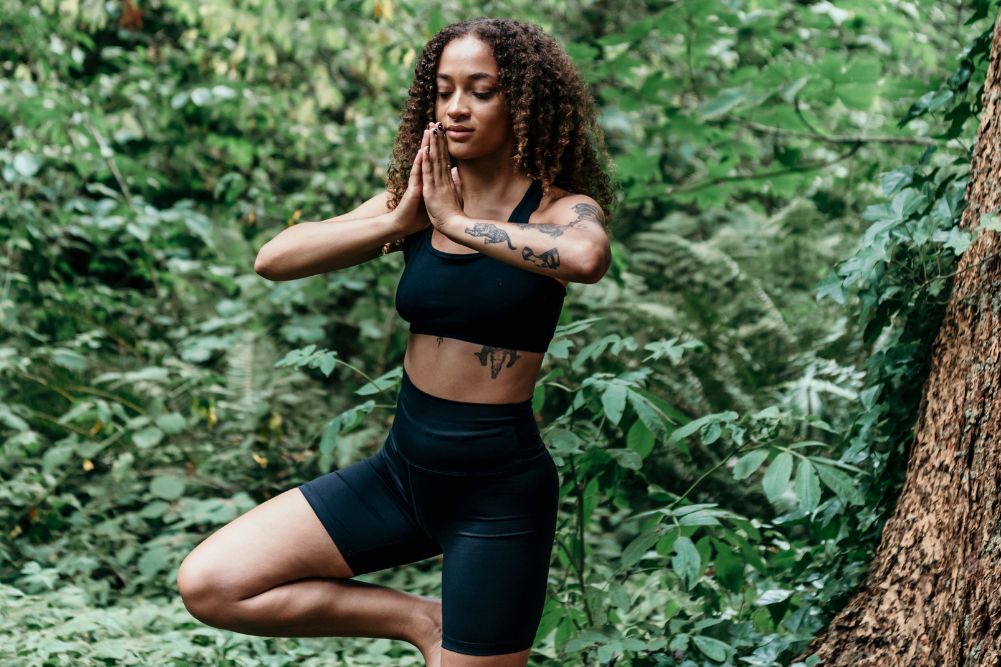Chinese massage therapy
Chinese massage therapy is based on ancient tradition and is a core part of Traditional Chinese Medicine (TCM). This therapy is linked to herbal medicine, acupuncture and acupressure. Chinese massage therapy is beneficial for relieving pain, increasing circulation and also as a form of preventative care.
The principles of TCM also underlie Chinese massage therapy. TCM is rooted in the idea of qi or energy. Qi flows through the body via meridians. When qi becomes stagnated, illness, pain and stress can be the result. Traditional Chinese Medicine, in the case of Chinese massage therapy works to restimulate the flow of energy, promote relaxation, ease pain and spasms, enhance flexibility and straighten the joints.
What is Chinese massage therapy?
There are five techniques involved in Chinese massage therapy. They are:
- Amno: This press and rub technique is used for rejuvenation and health maintenance. It also aims to help keep the entire body in optimal physical condition. The principles of yin and yang also come into play during Chinese massage therapy. In Amno, Yang techniques are used to restimulate the active flow of qi. Yin techniques aim to produce a calm and relaxing experience.
- Tuina is used for more medicinal purposes rather than relaxation. As a medical massage, Tuina is used to treat injuries, joint and musculoskeletal problems and other conditions such as headaches. Tuina in Chinese massage therapy uses hand techniques to massage the soft tissue, acupressure techniques to stimulate the flow of Qi, and manipulation techniques as well.
- Infant Tuina uses specialised techniques to suit the needs of babies and children, generally from ages 0-6. This Chinese massage therapy for children encourages the free flow of energy by opening up the meridian pathways in a child’s body. It can specifically help infants with diarrhoea, indigestion and other conditions.
- Dian Xue is known as the “art of touching acupoints.” Dian Xue is similar to acupuncture but involves the use of fingers rather than needles to place pressure on the body’s acupoints. Using this Chinese massage therapy technique, the practitioner can simulate two acupoints at the same time, while the area of the body between the points is stretched or twisted to enhance the flow of energy.
- Wai Qi Liao Fa is translated as “curing with external energy”. In this process a qigong master will directly transmit qi into the patient.
What to expect
Chinese massage is usually given while the patient lies on a couch or is seated on a chair or stool. The patient can be lightly clothed; however, some Chinese massage therapy practitioners may prefer to work directly on the skin. Touching the skin directly is believed to enhance communication with the patient’s qi and also allows herbal remedies to be applied to the skin. A Tuina massage will also involve four means of diagnosis used in Chinese medicine. These include verbal questions, visual observations, and tongue and pulse diagnosis. They are used to determine the underlying cause of the condition, and a treatment plan can then be formulated.






